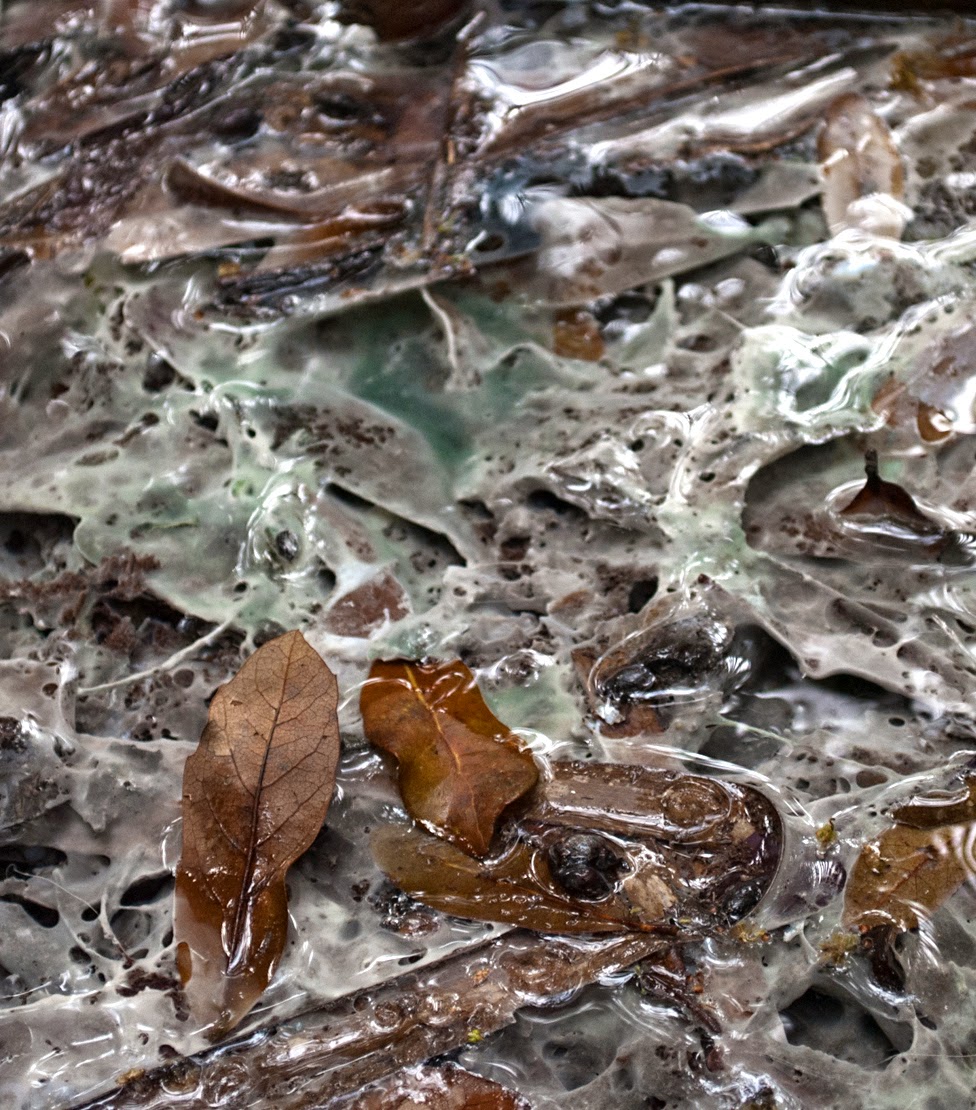Perhaps the greatest lesson I've learned since the publication of my book is the value of making connections. Selling books or garnering publicity is not nearly as important as connecting with people who are passionate for the historical and natural assets of Florida. These moments of connection fill me with energy and validate my mission to create awareness of our state's historical, cultural, and environmental treasures.
The connections I've made on my book talks have helped me to learn a simple and obvious lesson: there some things that just cannot be gleaned from the internet or from books.
Nothing can substitute for local knowledge from a resident who knows the area. I must admit that it's much easier to do research using Google, but a real human source is still an invaluable piece of the researching process.
 |
| Archival image of the Magnolia Hotel from the State Archives of Florida |
 |
| The view of the St. Johns River from the State Archives of Florida |
 |
| Magnolia Springs Hotel from the State Archives of Florida |
Two weeks ago, the members of Clay County Historical Society took me to
Magnolia Springs, site of a massive Gilded Age hotel that drew large numbers of wealthy northerners
who arrived by steamboat. Located on the St. John River just north of Green Cove Springs, the exact location of the spring had eluded my grasp. I also questioned if it was an actual spring or Artesian well. I had searched diligently from my computer in Orlando, but it took a visit to Green Cove Springs and information from locals to solve the mystery. Located just up the road from Spring Park, the tiny spring run from Magnolia Springs still trickles into the St. Johns River.
 |
| Here's what the spring run looks like today. |
 |
| Where the run meets the St. Johns River. |
 |
| My wife and I with the gracious members of the Clay County Historical Society. |
I also sought
Enterprise Springs, a small 4th magnituder inside Volusia County's Green Springs Park in
Enterprise, Florida. My first attempt to find the spring led me to a small mud puddle that clearly wasn't what I was looking for. But thanks to springs enthusiast Joe Cruz, who lives nearby, I was able to find the small sulphurous spring. The opaque water, like nearby
Green Springs, is a wonderful blue-green hue, and the leaves in the spring run are coated with Sulphur eating bacteria. Joe also showed me and a couple fellow spring lovers several nearby seeps, where mineral waters squeeze through small openings along the banks of shallow creeks. A fragile place of fantastic details, the narrow branch form the seep had a mystical quality.
 |
| Travis leans into a shot. |
 |
| My Florida history buddy Phil contemplates the eternal at Enterprise Springs |
 |
Looking much like Deer Moss, the white stuff present in the spring run
is actually Sulphur eating bacteria. |
 |
| Water flows from the hole to the right of the palm trunk from what I've dubbed "Joe's Seep". |
There is beauty and magic in all of these places, and a visit to these sublime watery portals nourishes my soul. Although there was some signs of human activity like scattered trash nearby, they are mostly forgotten. Magnolia Springs, a premier destination around the turn of the century is so covered with underbrush that I never saw the head spring. The land around Enterprise Springs shows evidence of former shell middens, and may have been revered by native peoples for thousands of years before the arrival of the Europeans. An opportunity to to be in the presence of these places is like paying homage to nature's greatest wonders and rediscovering mysteries of history that have almost been forgotten. I am grateful to have learned that sometimes a guide is required to unlock these mini mysteries.
 |
Spring hunters, l-r: Travis, Angel, Rick, and Joe
(Photo courtesy Travis Marques, taken by Phil Eschbach) |


















